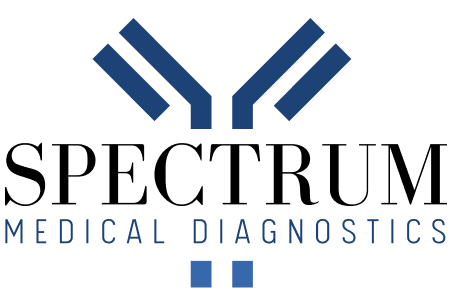It is widely known that Canada and the U.S are fighting an opioid crisis. From overdose and addiction to irregular dissemination, it’s becoming an increasingly large issue both locally and abroad.
In Ontario, the number of deaths related to prescription opioid overdoses increased five-fold from 1991 to 2004. Recent media reports suggest that the numbers are still climbing. Studies have found that prescription opioids are now the street drug of choice in large Canadian cities.1
Though the drugs are used for a myriad of reasons, there are arguments against any type of long-term use.

While these drugs are effective in treating acute pain, and pain near the end of life, the evidence to support long-term use in patients with chronic pain is weak, and for many people, the harms exceed the benefits. Prescription opioids are also highly addictive and easily misused.2
With the opioid crisis at an all-time high, how do employers tackle this issue within their organization? One of the leaders in creating a potential solution to this issue is DOT, also known as the Department of Transportation. They have pushed to expand their drug testing to include opioids.
A final rule published Nov. 13 by the U.S. Department of Transportation will expand its drug testing panel to include hydrocodone, hydromorphone, oxymorphone, and oxycodone — synthetic opioids that are highly abused, according to the agency — for DOT-regulated industries. The agency’s news release describes it as “a direct effort to enhance safety, prevent opioid abuse and combat the nation’s growing opioid epidemic.3
Furthermore, after implementing this rule, DOT will also include other ways of testing for drugs, “The rule says DOT will allow oral fluid drug testing and / or hair testing if either is added to the HHS Mandatory Guidelines.”4
There are other means that DOT uses to test for drugs.
DOT requires urine drug testing of safety-sensitive employees in the transportation industries; the agency had issued an NPRM on Jan. 23, 2017, to harmonize its panel with HHS Mandatory Guidelines, which, because of a revision published the same day and effective on Oct. 1, 2017, allow federal agencies with drug-testing responsibilities to test for the same four opioids.”5
What is interesting here, is how many other workforces that include drug testing will now follow suit with DOT by expanding other drug testing panels to include opioids.
The final rule means DOT-regulated employers will be required to test for the four opioids starting on Jan. 1, 2018.6
The post Extended Opiates by DOT and Its Impact on the Canadian Workplace appeared first on https://spectrummdx.com
Sources:
1: http://healthydebate.ca/2014/01/topic/politics-of-health-care/prescription-opioid-crisis-canada
2: http://healthydebate.ca/2014/01/topic/politics-of-health-care/prescription-opioid-crisis-canada
3: https://ohsonline.com/articles/2017/11/16/dot-expanding-drug-test-panel.aspx
4: https://ohsonline.com/articles/2017/11/16/dot-expanding-drug-test-panel.aspx
5: https://ohsonline.com/articles/2017/11/16/dot-expanding-drug-test-panel.aspx
6: https://ohsonline.com/articles/2017/11/16/dot-expanding-drug-test-panel.aspx

